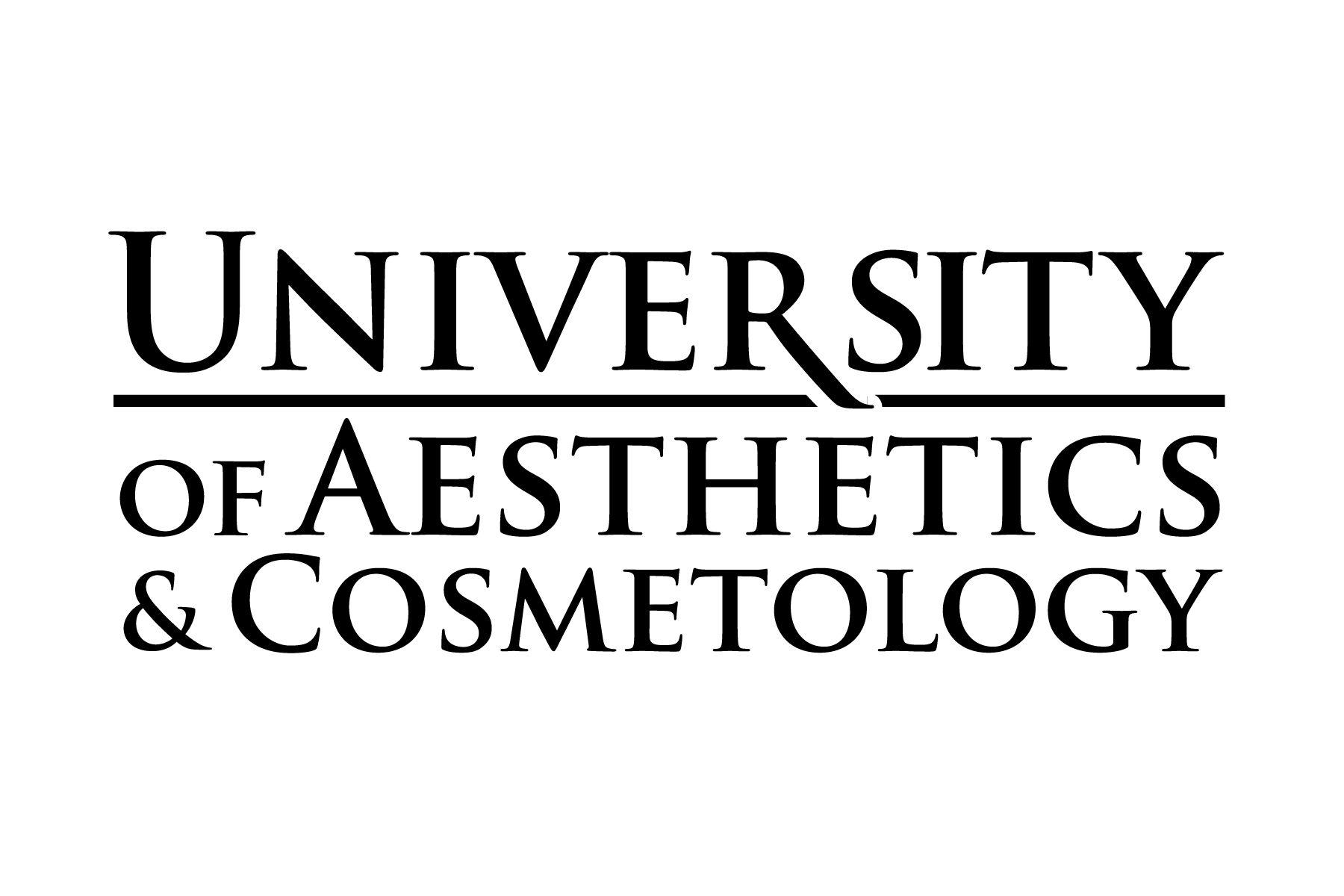Consumer Information
NACCAS Outcomes
NACCAS Minimum Thresholds
NACCAS’ Standard I requires an institution to meet or exceed the following measures of student success:
- 50% graduation; 60% placement; 70% licensure exam pass rate
- Note: These outcome rates are calculated for the institution as a whole; NACCAS does not measure outcome rates for individual programs
Key Definitions
Graduation Rate
Based on all students scheduled to graduate from their program in 2019. Of those students scheduled to graduate in 2019, the percentage that actually graduated by November 30, 2020.
Note: The scheduled graduation date is a student’s most recent contract end date (i.e., the contract end date after all leaves of absence, schedule changes, re-enrollments and other contract changes have been accounted for).
A GRADUATE is a student who has completed all applicable academic and non-academic requirements, as defined by the institution’s graduation policy. A student cannot count as a “graduate” if the school is holding their hours (i.e., preventing them from sitting for the applicable licensure examination) for failing to meet a school requirement.
Placement Rate
Of those graduates from the graduation cohort who are eligible for placement, the percentage who were placed by November 30, 2020.
A graduate who is or has been employed in a field for which their training prepared them (i.e., in a position within the beauty and wellness industry that directly relates to their field of training) after graduation and on or before November 30, 2020. Graduates who obtain temporary positions (i.e., positions where there is an expectation prior to the graduate’s hire that the employment relationship between the employer and graduate will not last more than one month) are not considered placed.
Not counted:
- The graduate is deceased
- The graduate has a permanent or indefinite disability
- The graduate was deployed for military service/duty
- The graduate studied under a student visa and is ineligible for employment in the U.S.
- The graduate continued his/her education at an institution under the same ownership
Licensure Rate
Of the graduates from the graduation cohort who sat for all parts of their required state/national licensure exam by November 30, 2020, the percentage that passed all required parts of the state/national exam by November 30, 2020.
The University of Aesthetics & Cosmetology
Annual Outcomes Data for the year 2019 (reported by 11/30/20).
NACCAS ID 023164-00
- Graduation Rate 79.17%
- Placement Rate 73.68%
- Licensure Rate 100%
Cosmetology
- Graduation: N/A
- Licensure: N/A
- Placement: N/A
Aesthetics
- Graduation: N/A
- Licensure: N/A
- Placement: N/A
Cosmetology Instructor
- Graduation: N/A
- Licensure: N/A
- Placement: N/A
Aesthetics Instructor
- Graduation: N/A
- Licensure: N/A
- Placement: N/A
Program SOC & SIC Codes
COSMETOLOGY
SOC Code: 39.5012.00– Hairdressers, Hairstylists, and Cosmetologists
CIP Code:12.0401 -Cosmetology/Cosmetologist, General
ESTHETICS
SOC Code: 39-5094.00 – Skincare Specialists
CIP Code: 12.0409 Aesthetician/Esthetician and Skin Care Specialist
Educator Programs
SOC Code: 25-1194.00 – Vocational Education Teachers, Postsecondary
CIP Code: 12.0413 Aesthetician/Esthetician and Skin Care Specialist
Accreditation
What is Accreditation?
A school may become accredited when it meets the standards of educational performance established by an accrediting agency. The accreditation process may take two years or more to complete and is an involved and costly process.
Who does the Accreditation?
A school selects an accrediting agency that specializes in its field of education. There may be several agencies that a school could choose among.
Who Accredits the Accreditation Agency?
Accrediting agencies must be recognized by the Department of Education for its accredited schools to participate in Federal Student Aid programs. The Department of Education does not recognize all accrediting agencies. To be recognized, an accrediting agency must meet stringent guidelines and maintain performance standards of The Department of Education.
How does a School become Accredited?
Each of The University of Aesthetics campuses are accredited by the National Accrediting Commission for Cosmetology Arts & Sciences also known as NACCAS. The National Accrediting Commission of Cosmetology Arts & Sciences is recognized by the United States Department of Education as a national accrediting agency for postsecondary schools and programs of cosmetology arts and sciences, electrology, and massage. The process begins by applying to become a candidate and attending at least one workshop to learn about the agency’s standards of educational performance and how schools must report to NACCAS. Schools must be in existence for a minimum of two years before they can become accredited. Once a school is granted its candidacy, it begins a process which may take two years or more. This process includes the school reporting to NACCAS about how it meets NACCAS’ standards.
Once accredited, schools continue to meet standards issued by NACCAS. Standards are influenced by the expectations of Congress and The Department of Education. Accrediting agencies help schools continue to be informed. Adhering to nationally accepted standards of educational performance can help schools improve their offerings to their students.
Schools can lose their accreditation by not meeting standards or failing to have their accreditation renewed. Schools who lose their accreditation could lose their ability to participate in Federal Student Aid.
About ED
ED was created in 1980 by combining offices from several federal agencies. ED’s mission is to promote student achievement and preparation for global competitiveness by fostering educational excellence and ensuring equal access. ED’s 4,200 employees and $68.6 billion budget are dedicated to:
• Establishing policies on federal financial aid for education, and distributing as well as monitoring those funds.
• Collecting data on America’s schools and disseminating research.
• Focusing national attention on key educational issues.
• Prohibiting discrimination and ensuring equal access to education.
